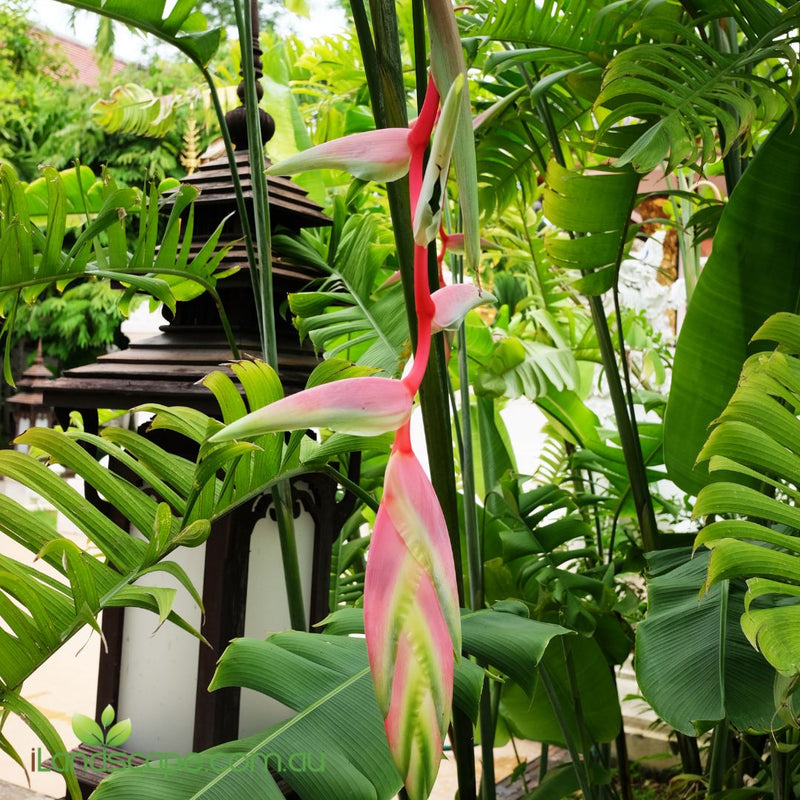
Top 10 Must-Have Tropical Plants for Queensland Gardens
Description:
Robinia pseudoacacia 'Lace Lady', also known as Twisty Baby™ Locust, is a striking deciduous tree with unique, twisted branches and delicate, fern-like foliage. Its compact size and contorted growth habit make it an excellent choice for small gardens or as a feature plant in larger landscapes. The twisted branches provide year-round interest, even when the tree is bare in winter, adding structural appeal to the garden.
Flowers:
In late spring to early summer, clusters of fragrant, pea-like white flowers appear. These flowers attract pollinators such as bees and add a soft touch of beauty to the otherwise dramatic appearance of the tree.
Foliage:
The bright green, pinnate leaves are composed of multiple small, oval leaflets, giving the tree a fine, delicate texture. As autumn approaches, the leaves turn a soft yellow before falling, extending the seasonal interest. The foliage provides a light, airy canopy that contrasts beautifully with the twisted, gnarled branches.
Fruit:
Following the flowers, long, flat seed pods may develop. These pods are typically not a significant feature and can be removed if desired to maintain a cleaner appearance.
Form and Size:
This small, compact tree typically grows to 2-4 meters in height with a similar spread. The most distinctive feature of 'Lace Lady' is its twisted, contorted branches that create a sculptural effect in the garden. It has a rounded, bushy form and responds well to pruning to maintain a smaller, more ornamental shape.
Growing Conditions:
Robinia pseudoacacia 'Lace Lady' thrives in full sun to part shade and prefers well-drained soil. It is highly adaptable to a range of soil types, including sandy and clay soils, and is drought-tolerant once established. However, it can be sensitive to waterlogged conditions, so good drainage is essential.
Uses:
'Lace Lady' is ideal as a feature tree or specimen plant in small gardens or courtyards where its unique form can be appreciated. It also works well in containers or as part of a mixed border, adding architectural interest to the landscape. The twisted branches make it a perfect choice for winter interest when many other trees are dormant.
Maintenance:
Prune during late winter or early spring to maintain its desired shape and encourage healthy growth. The tree is generally low-maintenance but may require some attention to remove dead wood or to shape its twisting branches. Applying mulch around the base will help retain soil moisture and suppress weeds.
Notes:
The contorted form of 'Lace Lady' is particularly eye-catching in winter when the leaves have fallen, revealing the intricate twists of its branches. It is generally pest- and disease-resistant, though it can be susceptible to locust borer in some regions.
Companion Plants:
Pairs beautifully with plants that have contrasting forms, such as grasses like Miscanthus or perennials like Echinacea and Sedum. Its delicate foliage also works well with bold-leafed plants such as Hosta or Ligularia.
Common Name: Twisty Baby™ Locust
Botanical Name: Robinia pseudoacacia 'Lace Lady'
Family: Fabaceae
Origin: North America
As we cannot guarantee stock all year around on Pots & Plants please hit us up via the chat button and we can get back to you with availability
Quantity:
Usually ready in 24 hours —
Delivery Options
Product Availability
Plants & Pots come and go all year around.
Where are our plants Grown and how do we grow them
How to Look after your plants like we do

